10 Benefits of Commercial 3D Architectural Rendering
Technology continually reshapes how professionals convey their vision in the ever-growing world of architecture and design. A pivotal innovation that has monumentally influenced this landscape is commercial 3D architectural rendering.
Definition of Commercial 3D Architectural Rendering
Commercial 3D architectural rendering is a digital design process that creates a three-dimensional representation of architectural designs. These designs aren't mere sketches or blueprints but vibrant, lifelike images and animations, giving an in-depth view of the project's appearance upon completion.
Context on its Growing Importance in Modern Design and Architecture
In the past, architects and designers relied on 2D sketches, blueprints, or physical models to showcase their ideas. While these methods had their merits, they lacked the depth, dimension, and clarity that modern stakeholders require. As the design and real estate sectors grow more competitive, the need for vivid, clear, and compelling visual presentations has never been higher. This is where commercial 3D architectural rendering offers an edge in presenting, marketing, and refining architectural projects.
1. Photorealistic Visualizations
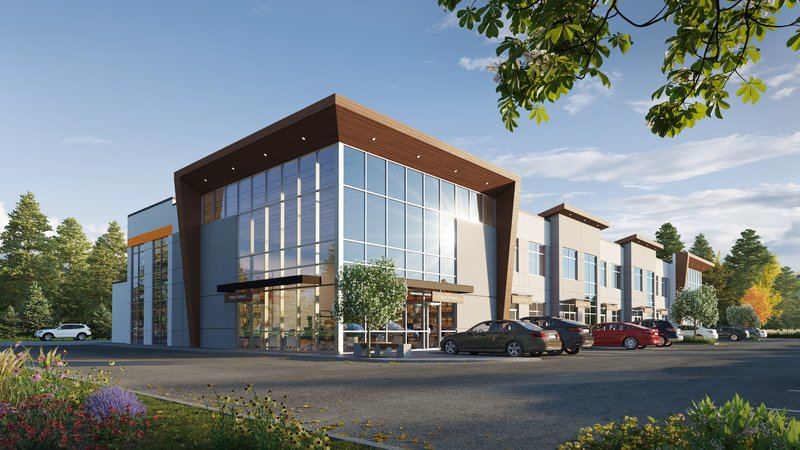
At the heart of 3D architectural rendering is the ability to provide detailed and lifelike representations . Gone are the days of leaving things to the imagination or trying to decipher intricate details from a flat drawing. With 3D rendering, every nuance, from the texture of wall surfaces to the play of sunlight through windows, is depicted with incredible realism.
Such precision is not just about aesthetics. For architects, designers, and developers, these photorealistic visualizations serve a greater purpose - enhancing client presentations . When a client can see a vivid depiction of a project, it engenders trust, reduces uncertainties, and accelerates decision-making. It's a game-changer in an industry where visual appeal and clarity can make or break a deal.
2. Cost Efficiency
Integrating commercial 3D architectural rendering into the design and construction process isn't just a matter of aesthetics and a strategic move towards greater cost efficiency. One of the immediate benefits is the reduced need for physical prototypes or mock-ups . Traditionally, creating tangible models was time-consuming and expensive, especially when revisions were necessary. By transitioning to digital 3D renderings, stakeholders can visualize the final product without the associated costs of physical model production.
Furthermore, this digital prowess aids in identifying and rectifying potential design issues before actual construction . Mistakes or oversights that might have previously gone unnoticed until the construction phase can now be spotted and amended in the digital realm. Addressing these issues in a virtual environment drastically reduces costly construction changes and reworks, saving both time and money.
3. Streamlined Design Revisions
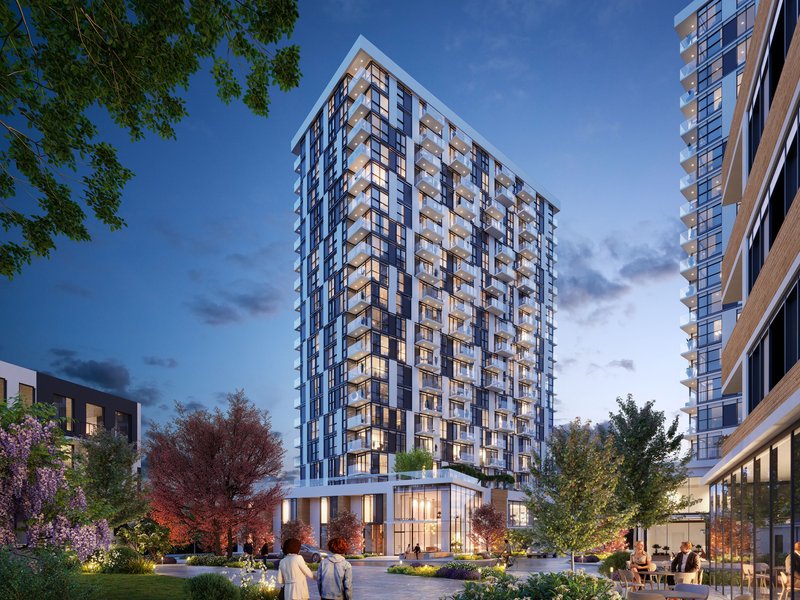
In the fast-paced world of design and architecture, flexibility is paramount. Commercial 3D architectural rendering inherently supports this need for adaptability. The digital nature of the process allows for easy alterations and iterations . Whether it's a minor colour change or a significant structural adjustment, designers can make these modifications seamlessly, without starting from scratch.
This fluidity in the design process translates to faster feedback loops with clients . Instead of waiting for revised physical models or new sketches, clients can view updated renderings almost immediately. This rapid turnaround expedites project timelines and ensures that client feedback is promptly addressed, fostering a collaborative environment and ultimately leading to a design that aligns with the client's vision and expectations.
4. Accurate Lighting Analysis
Lighting is an indispensable aspect of architectural design, influencing a space's aesthetics and functionality. With commercial 3D architectural rendering, professionals gain a profound tool for understanding the interplay of natural and artificial light within their designs. By simulating different times of the day, seasons, or even specific lighting fixtures, designers can anticipate how light will travel, reflect, and diffuse within a space. This preemptive analysis ensures that spaces are neither over-illuminated nor shadowed, creating comfortable and visually appealing environments.
Moreover, these insights greatly aid in improving indoor lighting design . With a clear understanding of how natural light impacts a room, architects and interior designers can decide where to place artificial light sources, the intensity required, and even the colour temperature. Such precision enhances the ambiance and contributes to energy efficiency and occupants' well-being.
5. Detailed Texture and Material Representation
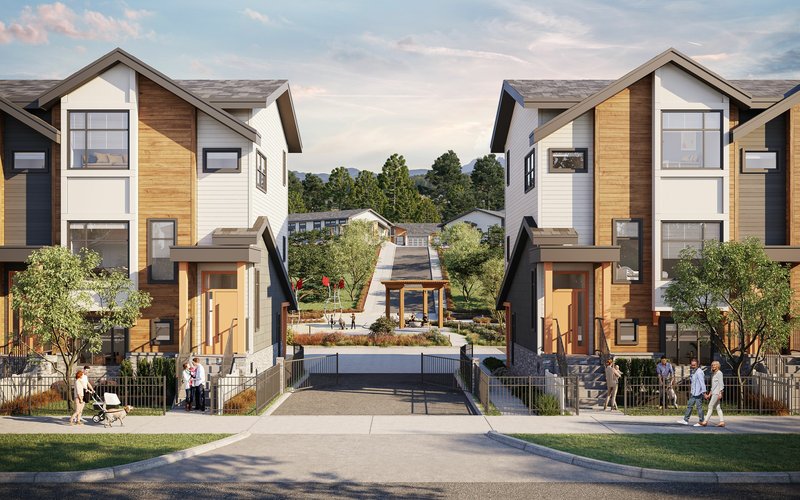
One of the standout features of 3D architectural rendering is its ability to depict materials accurately. From the grain wood to the sheen of marble or the weave of a fabric, these renderings accurately depict fabrics, woods, metals, and more . This level of detail brings a twofold advantage. First, it provides stakeholders with a genuine sense of the tactile qualities of the space, something traditional blueprints could never achieve.
Secondly, this authenticity greatly assists in facilitating better material decisions . When architects and clients can view accurate representations of materials in their intended environment, they can gauge their suitability for aesthetics, cost, and functionality. This minimizes the risk of last-minute changes or dissatisfaction post-construction, ensuring that the end product aligns with the envisioned design.
6. Landscape and Environment Integration
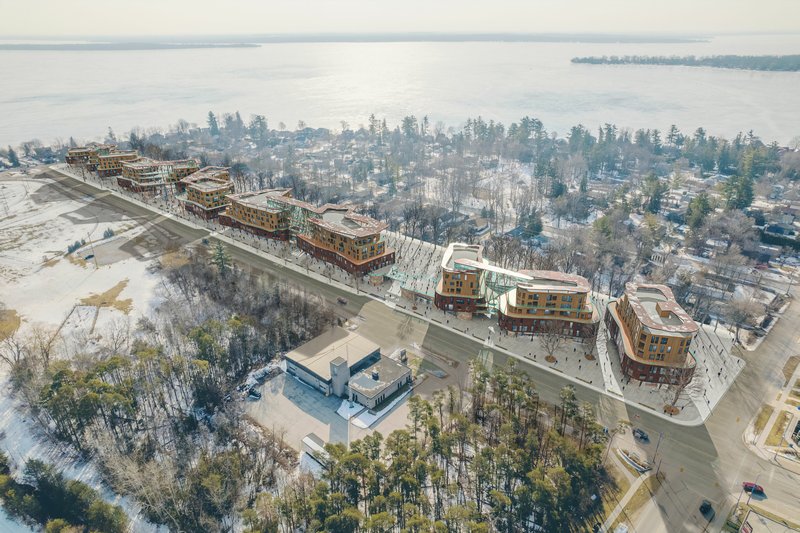
One of the remarkable advantages of commercial 3D architectural rendering is its ability not just to showcase a building or structure, but to embed it within its intended environment. This holistic approach allows for visualizing the project within its surroundings , be it a bustling urban landscape or a serene countryside. By doing so, designers and stakeholders can get a more comprehensive view of how the project blends with or stands out from its environment, ensuring that it complements rather than clashes.
Moreover, this integration extends to anticipating external factors that may impact the design. Shadows cast by nearby structures, reflections off water bodies or glass facades, and even the placement and growth of vegetation can be precisely predicted. This forethought allows architects to design with a complete understanding of environmental interactions, leading to aesthetically pleasing and functionally sound projects.
7. Improved Communication
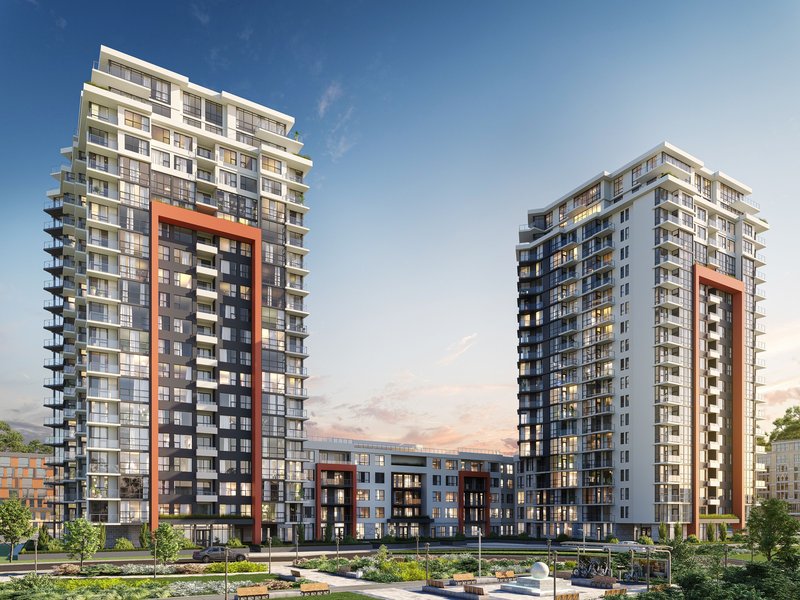
In the multifaceted world of architecture and construction, clear communication is the linchpin of success. Commercial 3D architectural rendering is potent in bridging gaps between architects, clients, and contractors . With a vivid 3D model, abstract concepts and intricate details become tangible visuals, eliminating ambiguities and reducing the risk of misinterpretation.
This visual clarity ensures that everyone is on the same page . Clients gain a lucid understanding of the architect's vision, providing more precise feedback. Conversely, contractors benefit from a more explicit blueprint, understanding the "what" and the "why" behind design choices. This harmonized understanding across all parties fosters a more efficient and collaborative project lifecycle, from conception to completion.
8. Increased Client Confidence
The journey from conceptual design to the final structure is uncertain, mainly when relying on traditional 2D blueprints or verbal descriptions. Commercial 3D architectural rendering radically transforms this dynamic by providing a transparent and clear visual understanding of the final output . With a detailed 3D representation, clients can visualize the end product in all its glory, down to the minutest detail.
This heightened clarity plays a pivotal role in reducing uncertainties and apprehensions . When clients can see and virtually experience the space, they are more likely to trust the architect's vision and decisions. This belief streamlines decision-making, minimizes requests for drastic late-stage changes, and fosters a more collaborative designer-client relationship, increasing satisfaction upon project completion.
9. Enhanced Marketing and Sales
Standing out is crucial in the competitive realms of real estate and architectural design. Commercial 3D architectural renderings offer firms a distinct edge by serving as engaging promotional materials . Instead of showcasing flat floor plans or generic photos, realtors and developers can present prospective buyers with immersive 3D visuals or virtual tours. These renderings can vividly depict amenities, spatial dynamics, and unique design features, capturing attention and imagination.
Moreover, these detailed representations enable pre-selling properties or spaces . For developments still under construction, 3D renderings offer potential buyers or investors a tangible glimpse into the future, allowing them to commit before the project's completion. This not only boosts sales but also aids in securing funding or generating early revenue, providing a substantial advantage in the market.
10. Ease of Collaboration
The digitization of architectural design, mainly through 3D renderings, has significantly transformed how professionals collaborate. Digital sharing and collaboration tools that have emerged alongside rendering technologies are at the forefront of this change. With cloud-based platforms and specialized software, architects, designers, clients, and contractors can seamlessly share, comment on, and modify 3D visualizations in real-time.
Furthermore, the digital nature of these renderings means that geographical boundaries no longer hinder collaboration. Professionals can engage multiple stakeholders from different locations without the need for physical meetings or transporting bulky models. Whether it's a client overseas, a contractor in a different city, or a remote team member, everyone can access, review, and contribute to the project, ensuring a cohesive and comprehensive design approach.
Conclusion
In tracing the trajectory of architectural design and visualization, it's evident that commercial 3D architectural rendering has ushered in a paradigm shift. No longer are stakeholders confined to deciphering 2D blueprints or imagining spaces from textual descriptions. Today, designs come to life in vivid, intricate detail, bridging gaps between vision and reality.
Reiterating its revolutionary impact, 3D architectural rendering doesn't just enhance the design process—it redefines it, offering a harmonized blend of precision, immersion, and collaboration. As technology advances, we can only anticipate that the future of architectural visualization will be even more immersive, dynamic, and transformative, solidifying its indispensable role in the commercial sector.
Our Services
View some of our most popular services below.











